Artists
Artists
Number of results: 142

Cesare Maggi
Cesare Maggi was born in Rome in 1881; both of his parents were actors, and he studied in Florence under the guidance of Vittorio Corcos. From 1897 he was in Naples and frequented Gaetano Esposito’s studio, but his work was first exhibited in Florence in 1898 on the occasion of the 52nd Exhibition of the Società di Belle Arti.
20th century AD

Ciro Ferri
The painter and sculptor Ciro Ferri was born in Rome in 1634 and trained in the studio of Pietro da Cortona, becoming one of his most gifted pupils. Throughout his career, Ferri followed the master’s work closely, carrying on the unmistakable “Neo-Venetian” style popular in Rome in the 1640s.
17th century AD
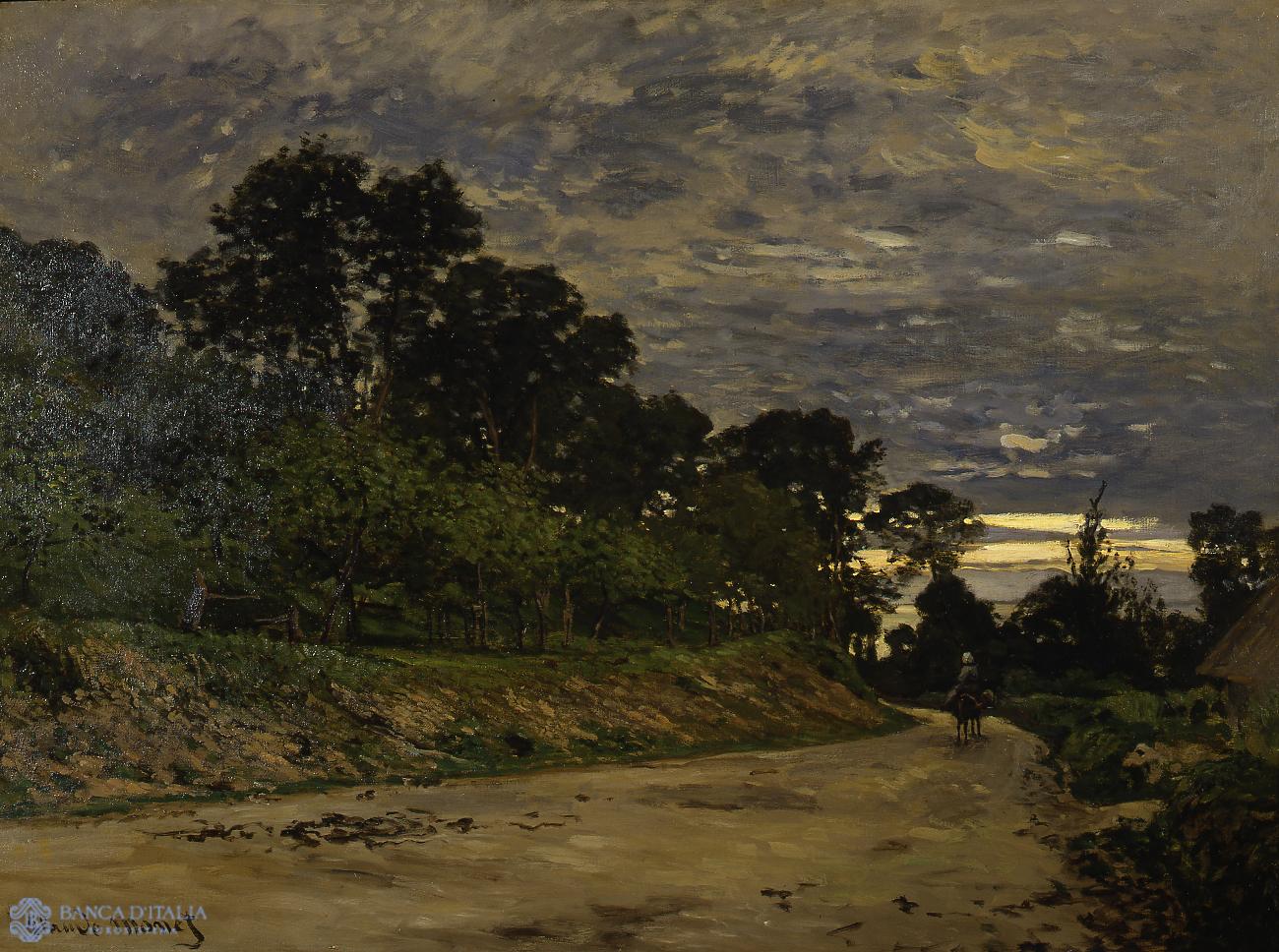
Claude Monet
Claude Monet was born in Paris in 1840 and died in Giverny in 1926. A leading figure in the Impressionist movement, he played a vital role in the group’s promotion. “These artists,” wrote Zola in his presentation at the 1880 Salon, “propose to leave the studio, where painters have immured themselves for centuries, to go and paint in the open air where the light is no longer unique, and its effects are multiple.”
19th century AD

Claude Vignon
Vignon was one of the leading French painters working in the manner established by Caravaggio. He was born in Tours in 1593 to a Calvinist family and trained in the studio of the Mannerist painter Jacob Bunel. His contacts in Paris with the sophisticated milieu of the court of Henri IV and Maria de’ Medici and with the second school of Fontainebleau had a considerable influence on his early training.
17th century AD
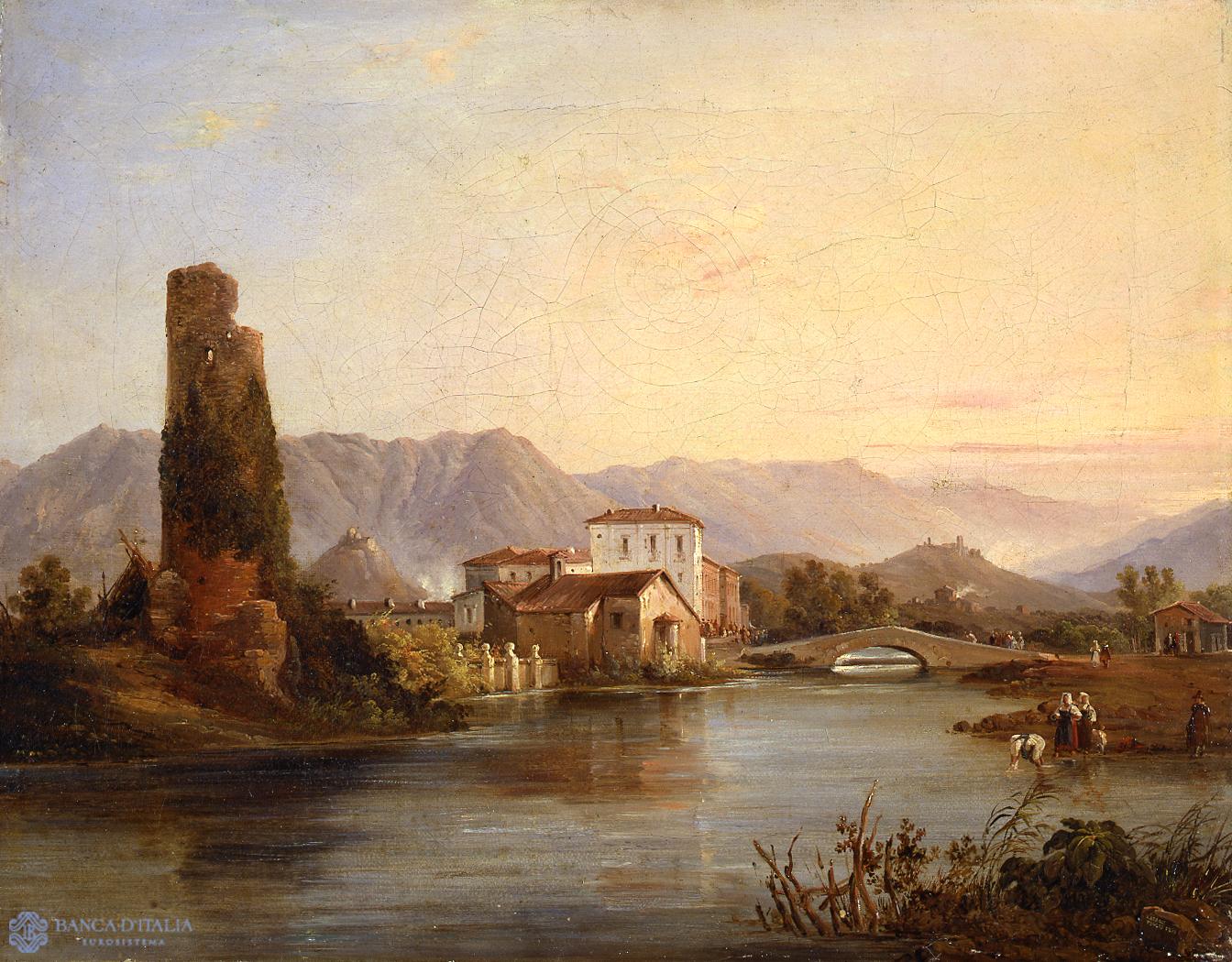
Consalvo Carelli
Consalvo Carelli (Naples 1818–1900) lived in Rome between the end of the 1830s and the early 1840s, where he made the acquaintance of foreign artists. In this period he painted a series of Roman countryside landscapes using a language that could be called generically romantic.
19th century AD
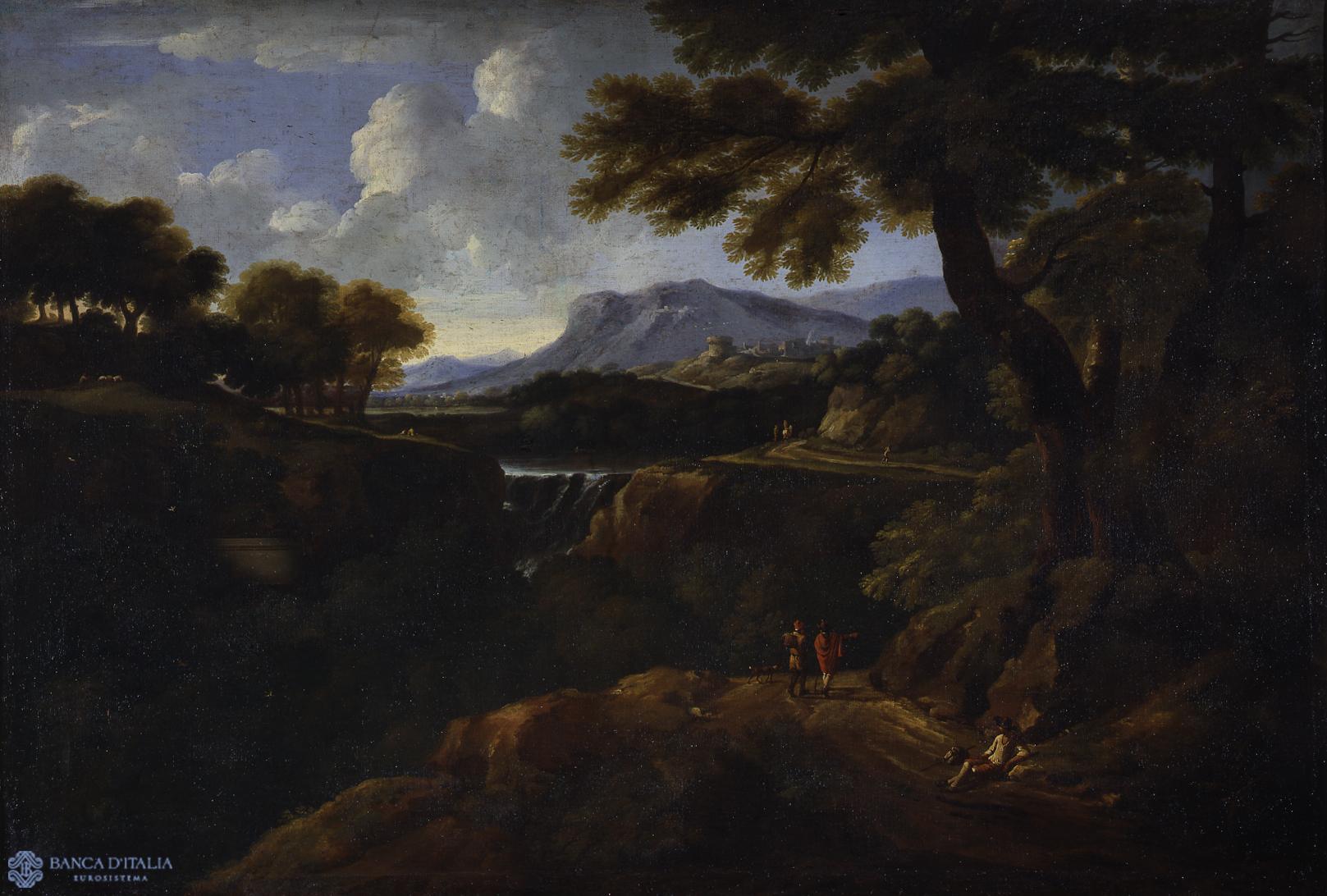
Crescenzio Onofri
The landscape artist Crescenzio Onofri was born in Rome sometime after 1632. His art, both on canvas and frescoes, followed the classical model of Gaspard Dughet but without ever achieving the same power and quality.
17th century AD

Cristiano Banti
Cristiano Banti (Santa Croce sull’Arno 1824 – Montemurlo 1904) initially trained in Siena in a strictly academic setting. His first encounters with the Macchiaioli were with Odoardo Borrani and Telemaco Signorini.
20th century AD
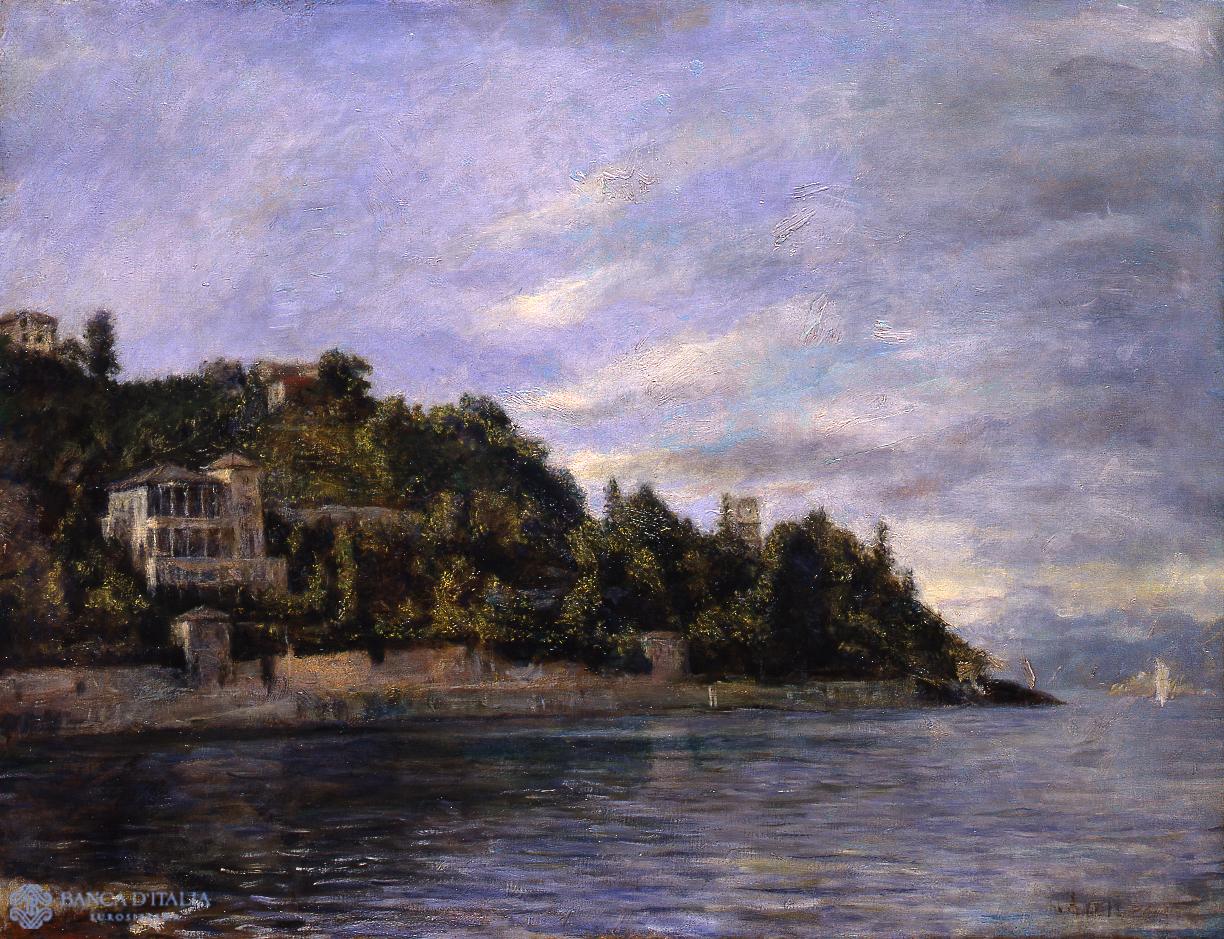
Daniele Ranzoni
Daniele Ranzoni (Intra 1843–1889) moved from the Brera Academy in Milan, the scene of his early studies, to the Albertine Academy in Turin, before returning to the Brera in 1863. Thus, at the age of 20, Ranzoni had already had a variety of formative experiences in the two main cultural capitals of northern Italy.
19th century AD

Edoardo Dalbono
Edoardo Dalbono (Naples 1841–1915) belonged to the generation that came to the fore following the new direction taken by Giacinto Gigante and when the Palizzi brothers were well established, in particular Filippo Palizzi, who was Dalbono’s teacher.
19th century AD
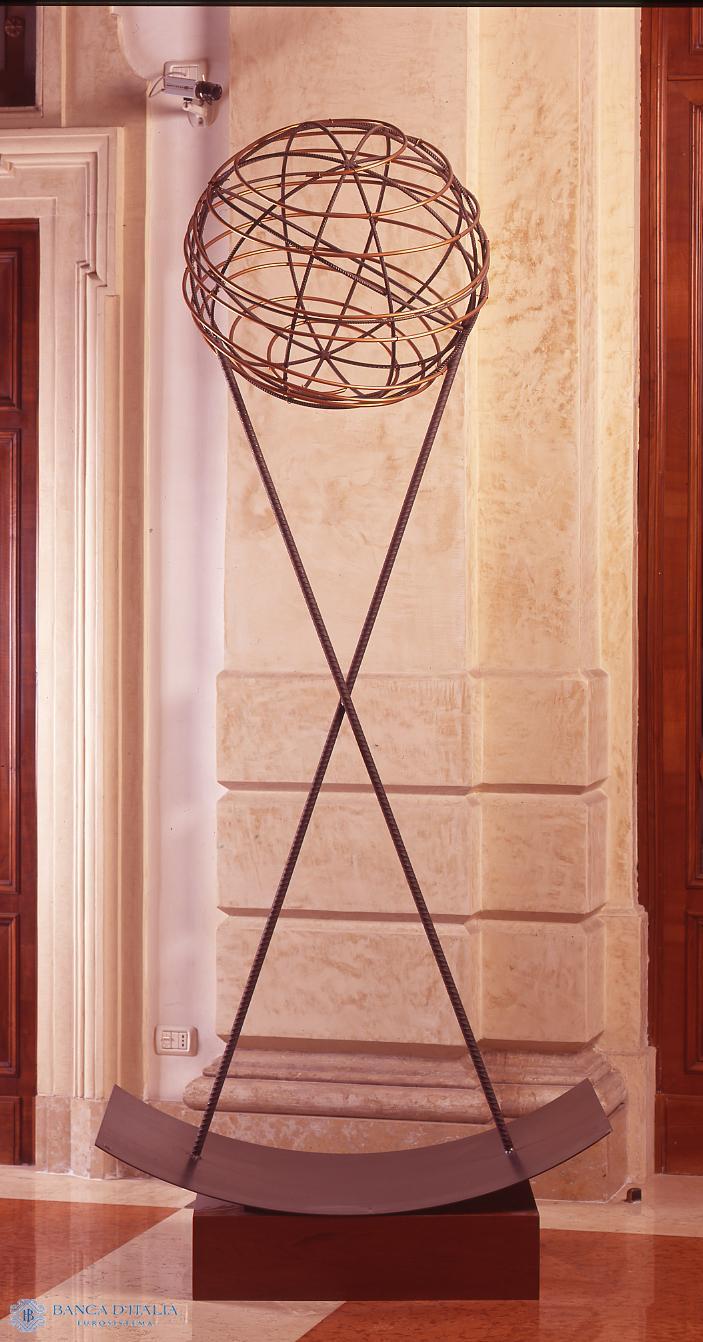
Eliseo Mattiacci
Eliseo Mattiacci was born in Cagli in 1940. In 1964 he moved to Rome where he joined the group known as the “Piazza del Popolo School”, also attended by artists such as Schifano, Festa, Ceroli, Pascali, Angeli and Fioroni. Mattiacci was particularly close to Pascali and, following in his footsteps, created paradoxical “scenarios” that emphasized the physical bulk of the objects he then amplified into large-scale works.
20th century AD
